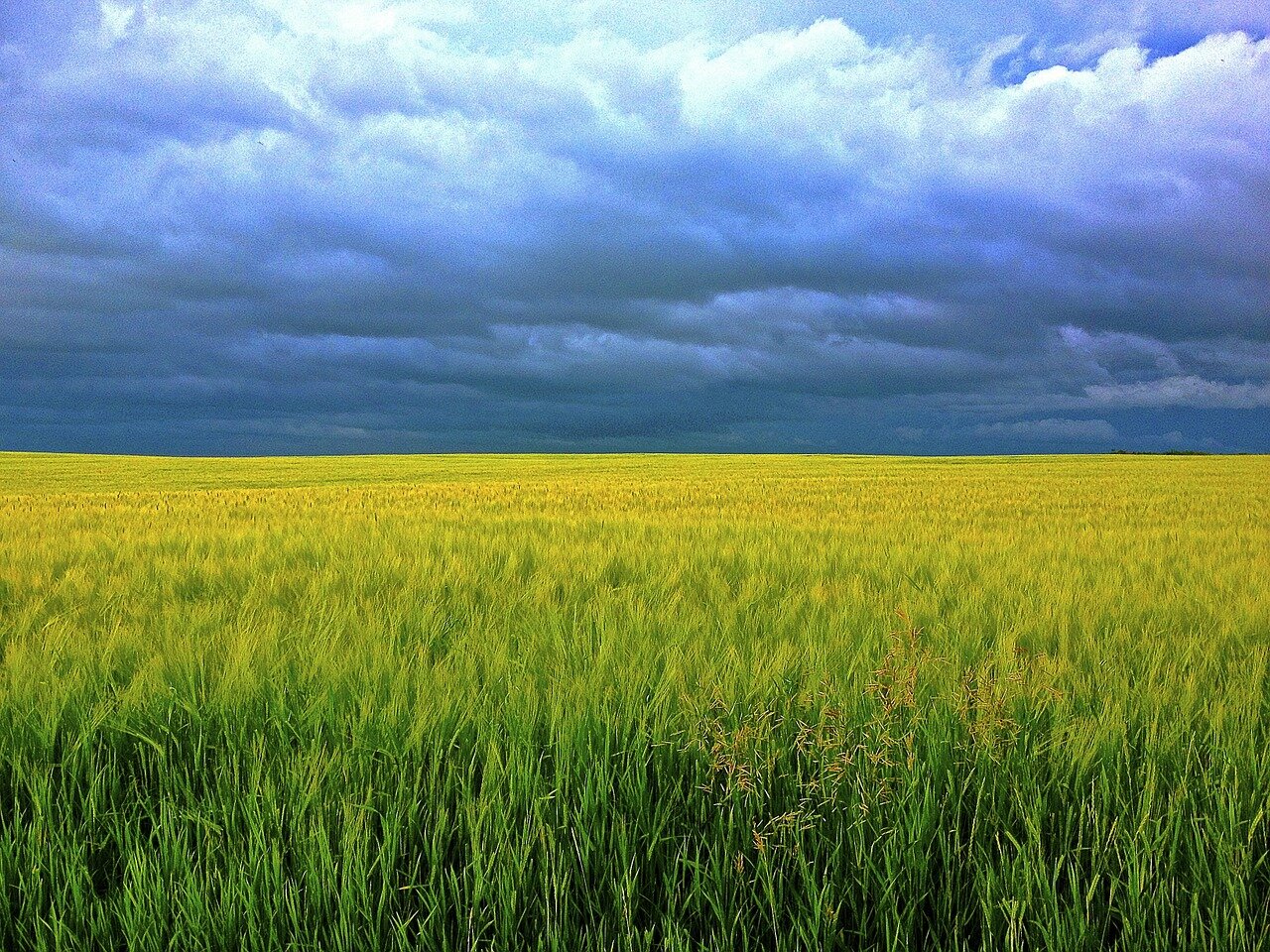Countries across the world have built their economies on energy use. But economic growth on non-renewable sources isn’t sustainable. Moreover, an imminent threat from climate change mandates an urgent move towards green energy sources – like sustainable electricity – as a global priority.
“Electricity consumption is a leading indicator of economic growth and electricity shortage can hinder economic growth. So, Nepal must produce more electricity to boost the growth of output because Nepalese economy is in a ‘pre-take off’ stage,” says Dr Kamal Raj Dhungel, Emeritus Professor of Economics at Tribhuvan University, Nepal.
The problem is that electricity production isn’t always sustainable. For example, 63 percent of electricity in the United States comes from fossil fuels. But due to its steep and mountainous terrain, Nepal’s three major water systems (Koshi, Gandaki and Karnali) and their tributaries have the potential to generate over 80,000 MW hydropower – of which, nearly 40,000 MW is technically and economically feasible. “Nepal has abundant water resources with high electricity generating capacity. Hydroelectricity is a single most abundant domestic resource in the absence of coal, oil and natural gas,” says Dhungel.
Several ambitious projects across Nepal aim to tap into its potential to generate hydropower energy. However, progress has been slow after the 2015 earthquake, and its aftershocks damaged the current hydropower plants and those under construction. (2015/16 Nepal blockade also delayed several hydropower construction projects).
The earthquake that killed nearly 9,000 people and destroyed half a million homes also affected a quarter of the total hydroelectricity generated in Nepal. An estimated 1,000 MW of hydropower projects under construction, and a further 175 MW hydropower facilities under operation were also damaged costing an estimated USD 200 million in revenues and damages.
“I was worried by the enormous damages to the hydropower infrastructure in the wake of the 2015 Nepal earthquake, but it also posed an interesting research question. So, I decided to take a deeper look at these issues,” says Dr Wolfgang Schwanghart, Geologist at the University of Potsdam in Germany.
In general, hydropower infrastructures must withstand earthquakes with magnitudes that occur statistically once every 475 years, but safety relevant features should be able to bear events with return periods of over 10 thousand years. Scientists estimate that quakes like the one in 2015 occur at least once every 100 years. Still, many hydropower plants in Nepal sustained significant damage following the earthquake, thus casting doubt on their seismic safety.
Now a new study led by Schwanghart shows that the direct effects of ground shaking from the 2015 Nepal earthquake wasn’t the main factor that caused the most severe damage to the hydropower plants. The research published in Geophysical Research Letters shows that the damage to the hydropower projects resulted mostly from quake-triggered landslides.
Potsdam University geologists compared data from 31 damaged hydropower plants and saw that moderate to severely damaged plants were within areas where landslides also occurred. They then combined the earthquake’s ground-shaking intensities, hillslope and river steepness into a model to predict damages to the hydropower plants.
Schwanghart and colleagues aimed to identify the simplest model to hindcast the infrastructure damages from the earthquake – and found that ground-shaking and river steepness were best to model the damages. Nepal has some of the world’s fastest uplifting mountains and the steepest rivers, and these vertical slopes are susceptible to landslides. Additionally, steep rivers also carry a lot of sediments, including rocks, which impacts on the hydropower infrastructure, such as reservoirs and dams.
However, unlike Schwanghart’s analysis, earthquake hazard analyses often only focus on the ground shaking and the location of geological faults. Despite the additional risks from landslides and sedimentation, Schwanghart was “surprised to see that river geometry was vital to model the hydropower infrastructure damages”, and adds that “hydropower feasibility studies must consider the effects of landslides, extreme sedimentation fluxes [and ground shaking] as potentially destructing processes.”
The research also found that more than 10 percent of the Himalayan river network may be unsuitable for hydropower projects. Schwanghart suggests that the river reaches between the High Himalayas and the Lesser Himalayas, crossing the so-called Main Central Thrust fault are unsuitable for hydropower projects. “It’s tempting to build efficient hydropower plants around the Main Central Thrust due to the high gradients and high discharge of rivers in this region. However, tens of kilometres along the main rivers up- and downstream of the Main Central Thrust should be a no-go region for hydropower expansion,” the geologist says.
Schwanghart’s work shows that river steepness is an important variable to predict hydropower damage in Nepal and other similar regions. The study has clear policy implications for hydropower project safety in Nepal, which should consider added risks on geographic location, including river steepness.
However, as identified by the Government of Nepal’s Post Disaster Needs Assessment, there were policy gaps in the electricity sector related to earthquake risks and vulnerability in Nepal at the time of the quake. Nepal’s high vulnerability to natural disaster reinforces the need to develop evidence-driven policies on resilience and management of natural disasters. And being prepared to the natural disaster has become a national priority since the 2015 earthquake.
Following the earthquake, the Government of Nepal repealed and replaced the 35-year old Natural Calamity Relief Act (1982) with the new Disaster Risk and Management Act, 2074 (2017). The new legislation also introduced a much-needed breakdown of disaster management processes, which is expected to generate a positive (or less adverse, rather) outcome in disaster management. However, it’s clear that these disaster management, resilience and related policies need regular revision. And policymakers must look for data and evidence to back up any policy change, especially when it comes to disaster management.
Once the planned hydropower projects complete and operate, Nepal will generate significantly more electricity, which will boost the country’s economy. “A country can only develop when it utilises its indigenous resource, including natural and human. Therefore, hydropower development could be key to push Nepal’s economy towards the ‘post-take off’ stage,” Kamal Raj Dhungel says.
But building Nepal’s economy on unsustainable, unsafe projects would be irresponsible and damaging.
The paper “Topographic and Seismic Constraints on the Vulnerability of Himalayan Hydropower” is open access, see the link to read the article: https://doi.org/10.1029/2018GL079173.



Leave a Reply